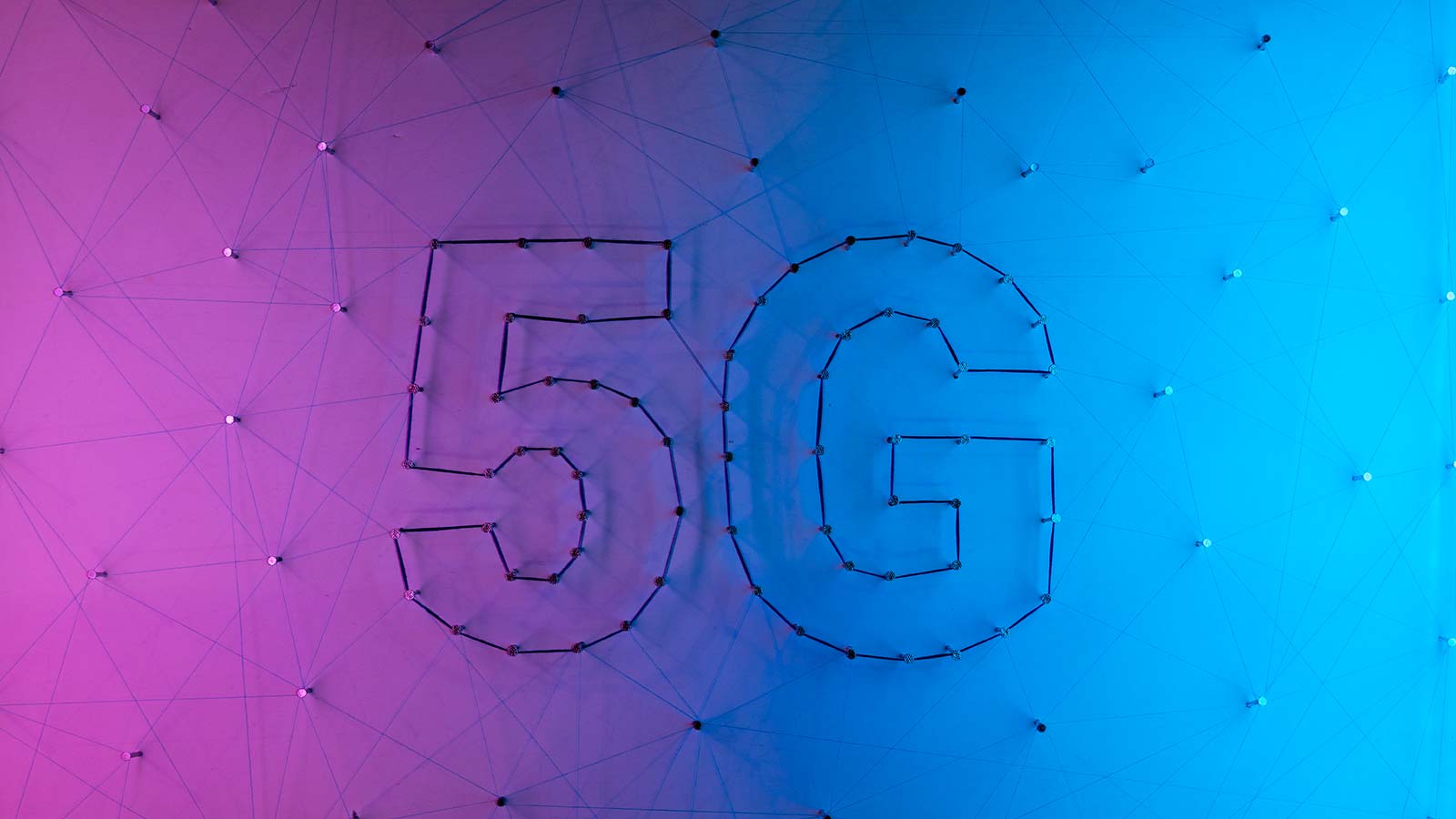Researchers use Starlink satellites to pinpoint location, similar to GPS
Signals from SpaceX Starlink’s broadband satellites can be used to determine locations on Earth with an accuracy of up to eight meters, according to engineering researchers in a new peer-reviewed document. Their report is part of a growing body of research on the use of low-Earth orbit (LEO) satellite signals for navigation, similar to how GPS works.
This technology will not replace your smartphone’s map app any time soon, and this initial experiment apparently required 13 minutes of tracking six Starlink satellites to determine Earth’s location. But researchers were able to achieve the location feat without any help from SpaceX, and they say the test proves the method can be used for navigation.
“The researchers did not need help from SpaceX to use the satellite signals, and stressed that they did not have access to the actual data sent via the satellites – only information related to the location and movement of the satellite,” An article in the state of Ohio said.
“We eavesdropped on the signal and then developed sophisticated algorithms to pinpoint our location and showed that it worked with great accuracy,” said Zach Casas, director of CARMEN (Center for Automated Vehicle Research with Multimodal AssurEd Navigation), funded by the U.S. Department of Transportation Center at Ohio University, the article said. “And although Starlink is not designed for navigation purposes, we have shown that it is possible to learn parts of the system well enough to use it for navigation.”
The study was conducted by Kassas along with Joe Khalife (PhD student at the University of California, Irvine) and Mohammad Neinavaie (PhD student at UC-Irvine). Casas is also a professor at UC-Irvine and director of the Autonomous Perception, Intelligence and Navigation Laboratory (ASPIN), while Khalife and Neinavaie are members of the lab. Their experiment was conducted using an antenna on the campus of UC Irvine.
Casas said his team “used similar techniques with other satellite constellations in low Earth orbit, but with less accuracy, determining locations within about 23 meters,” according to an Ohio State News article. “The team is also working with the US Air Force to locate high-altitude aircraft; they were able to reach a distance of up to 5 meters using ground-based cellular signals,” Casas said. GPS provides signals with average errors of less than one meter.
The document is entitled “The first results of the tracking and positioning of the carrier phase with Starlink LEO satellite signals” and was published last week in the journal IEEE Transactions on Aerospace and Electronic Systems. The researchers also presented their findings at a conference of the Institute of Navigation. Their work is funded by grants from the US Naval Research Service, the National Science Foundation and the Department of Transportation.
Opportunity Signals
The researchers’ paper says “various theoretical and experimental studies” have considered the possibility of using “capability signals” from LEO broadband satellites for navigation. This may interest you : Celebrating delivery of 50,000 ARC-210 airborne radios to fleet | Tenant Profile.
“After SpaceX launched more than a thousand spacecraft (SVs) into LEO, a renaissance in LEO-based navigation began,” they wrote. “LEO SV signals are received at a higher power than the average Earth orbit (MEO), where GNSS [Global Navigation Satellite System] SV are located. In addition, LEO SVs are more abundant than GNSS SVs to compensate for reduced footprint, and their signals are spatially and spectrally diverse. “
Another advantage of LEO satellites is that “they do not require additional, expensive services or infrastructure from the broadband provider”. But this does not mean that the task was easy for the researchers. “However, broadband providers do not usually disclose the structure of the transmitted signals in order to protect their intellectual property. As such, one should dissect the LEO SV signals in order to make navigational observations,” they wrote.
The summary from the researchers’ conference noted that broadband providers can change their protocols to support navigation. But researchers say their own third-party approach is more viable, although it requires “more sophisticated host architectures.”
“[T]”Adapting existing protocols in support of navigation capabilities requires significant changes to existing infrastructure, which may not cost private companies such as OneWeb, SpaceX, Boeing and others, which plan to launch tens of thousands of broadband satellites in LEO willing to pay.” they. ” In addition, if these companies agree to these additional costs, there will be no guarantee that they will not charge users for additional navigation services. In these circumstances, the use of broadband LEO satellite signals is opportunistically becoming a more viable approach. “
New algorithm
Researchers have previously considered a “cognitive approach to tracking the Doppler frequency of unknown LEO SV signals”, but said in their latest article that this method “cannot estimate the carrier phase, nor can it be accepted here, as requiring knowledge of the beacon period in the transmitted signal, which is unknown in the case of Starlink LEO SV. To see also : Global Autonomous Software-Defined Radio Receiver Market Analysis By Key Players, Industry Growth, Size, Share, Trends, Sales Forecast To 2025. “To overcome this barrier, they are ‘evolving[ed] Starlink signal carrier phase tracking algorithm without prior knowledge of their structure. “
The newspaper said:
Little is known about Starlink downside signals or their air interface in general, except for channel and band frequencies. One cannot easily design a receiver to track Starlink signals with the above information only when a deeper understanding of the signals is needed. Software-defined radio receivers (SDRs) are useful in such situations because they allow spectrum sampling. However, there are two main challenges for sampling Starlink signals: (i) the signals are transmitted in Ku / Ka bands, which is beyond the carrier frequencies that most commercial SDRs can support, and (ii) the channel bands for The downside can be increased to 240 MHz, which also exceeds the capabilities of current commercial SDRs. The first challenge can be solved using a mixer / converter down between the antenna and the SDR. However, the sample bandwidth can be as high as SDR allows. In general, opportunistic navigation frameworks do not require much information from the source of communication / navigation (eg decoding telemetry or ephemeris data or synchronizing with a specific preamble). Therefore, the purpose of the receiver is to use enough of the downlink signal to be able to [to] produce raw navigational observations (eg Doppler and carrier phase).
Track six satellites in 800 seconds
During the experiment, National Instruments’ (NI) 2945R Stationary Peripheral Software Interface Program (USRP) was equipped with a user-class Ku antenna and a low-noise block converter (LNB) to receive Starlink signals in the Ku-band, they wrote. “The sampling width was set at 2. On the same subject : House, Senate Dems want to allow Postal Service to do more banking activities.5 MHz and the carrier frequency was set at 11.325 GHz, which is one of the downlink frequencies of Starlink.”
The researchers recorded Starlink signals for 800 seconds or about 13.3 minutes. “During this period, a total of six Starlink SVs transmitting on 11.325 GHz passed through the receiver, one at a time,” they wrote. The researchers stored samples of Ku signals “for offline processing”.
The position of the receiver was estimated using a weighted nonlinear least squares estimate (WNLS). The result was 25.9 meters from the actual location, but the error dropped to less than eight meters when “equipping the receiver with an altimeter (to know its altitude).”
The conclusion of the newspaper says:
This letter shows the first results of tracking and positioning the carrier phase with real Starlink LEO SV signals. A model of the transmitted signal of Starlink SV has been formulated and an adaptive algorithm for tracking the phase of the carrier based on KF (Kalman filter) for tracking the signal of Starlink has been developed. Experimental results show traceability of the carrier phase of six Starlink LEO SVs for a period of approximately 800 The positioning result is: 7.7 m 2 – D error when receiver height is known, and 25.9 m 2 – D error and 33 , 5 m 3 – D error when the height of the receiver is unknown.
SpaceX has released more than 1,700 satellites, but plans to eventually start tens of thousands in order to expand the capacity and availability of the broadband service. These additional satellites are also likely to facilitate the construction of navigation systems of the type envisaged in the new study.
We contacted the researchers today to ask about the prospects of using Starlink satellites to get location results in something closer to real time, and we also hoped to ask them how they envision LEO-based systems used for navigation when methods and technologies are more advanced. We will update this article if we receive a response.





Comments are closed.